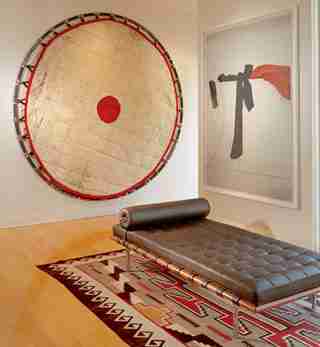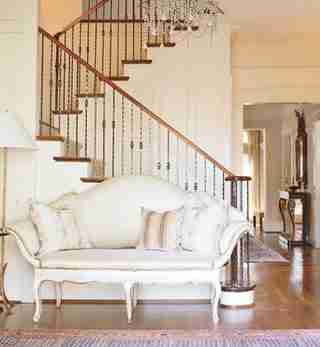August 28,2022
AD100 Tips
by David Stewart

dam-images-architects-2010-03-ad100_tips-01_ad100_tips.jpg
Treat each room like an off-white canvas—then start painting.
— Karin Blake

dam-images-architects-2010-03-ad100_tips-02_ad100_tips.jpg
Consider the space between the shadows and the sound.
Good design captures a place and time, incorporating a sense of the past while looking toward the future.
Everyone suffers from too many good ideas. Simplify, simplify, simplify.
— Wallace E. Cunningham

dam-images-architects-2010-03-ad100_tips-03_ad100_tips.jpg
The design of your house should be about your life and experience—express it.
— Mona Hajj
dam-images-architects-2010-03-ad100_tips-04_ad100_tips.jpg
Rote symmetry is overrated. Substitute well-considered balance at all scales, from site planning to wood joinery details.
— Thomas A. Kligerman, Ike Kligerman Barkley Architects
dam-images-architects-2010-03-ad100_tips-05_ad100_tips.jpg
My design tip is and always will be to provide comfort at all times. Soft furnishings are the architecture of a room, but along with being beautiful, they must too be of extreme comfort. Seat depth should be pushed to the maximum that a space can take. I always do a minimum of 32“ seat depth and have gone up to 60“ in some cases for pure lounging pleasure. As for home theaters, give up on those reclining chairs and install deep down-filled lounging beds with multiple sized pillows for ultimate comfort. You’ll find your movie viewing pleasure is increased 10 fold!
— Martyn Lawrence-Bullard
dam-images-architects-2010-03-ad100_tips-06_ad100_tips.jpg
Every piece is important. Not just any coffee table should be selected. The coffee table should be selected.
Custom millwork heightens the sense of scale and provides an elegant framework for furniture and art.
— Juan Montoya
dam-images-architects-2010-03-ad100_tips-07_ad100_tips.jpg
Do not enter into the construction process without having fully completed the design process, including defining the specification of all components related to finishes and having approved a related construction budget. This will alleviate the potential compromise to the integrity of the design by fully avoiding the substitution process after the fact.
— Katherine Newman
dam-images-architects-2010-03-ad100_tips-08_ad100_tips.jpg
My best advice to any client is: learn how to express yourself. When a designer is brought into a project, there is little time to get to know the client well. Some clients are very good at expressing their likes and desires, but for others it is overwhelming and intimidating to explain to a professional the exact design direction they want to take. If a client is finding it difficult to verbalize their thoughts, I ask them to gather photographs from various books or magazines to help jumpstart the process. For some clients it is easier to look at a photo and discuss what it is they like about a space. This also gives the designer something to react to. These initial meetings are so important to both the client and the designer. You are not only setting the foundation for the design direction, but you are also developing valuable communication skills that will serve you throughout the design process.
— Thomas Pheasant
dam-images-architects-2010-03-ad100_tips-09_ad100_tips.jpg
Listen. At the beginning of any project, just listen to the client. Listen to their ideas and needs concerning their home. It’s worth more than any scheme a designer conceives because it goes to the heart of the project. It becomes the script for the production and, if followed, ensures a happy ending.
— Stephen Shadley
dam-images-architects-2010-03-ad100_tips-10_ad100_tips.jpg
It’s important to include a high/low aspect. Use places like Anthropologie and Pottery Barn as sources. It’s the modern equivalent of Nancy Lancaster using a wicker chair in a formal room.
— Michael S. Smith






